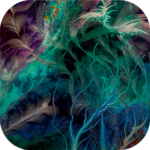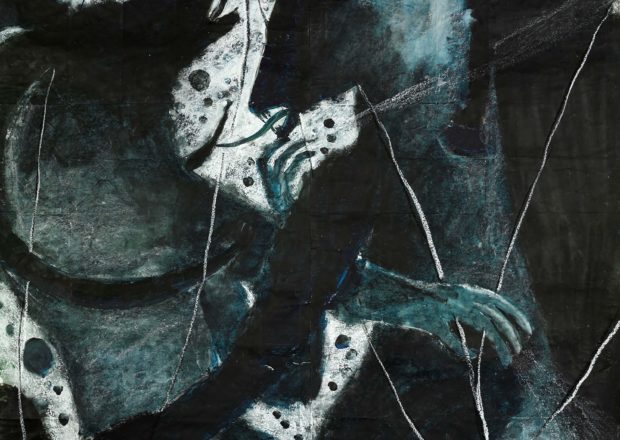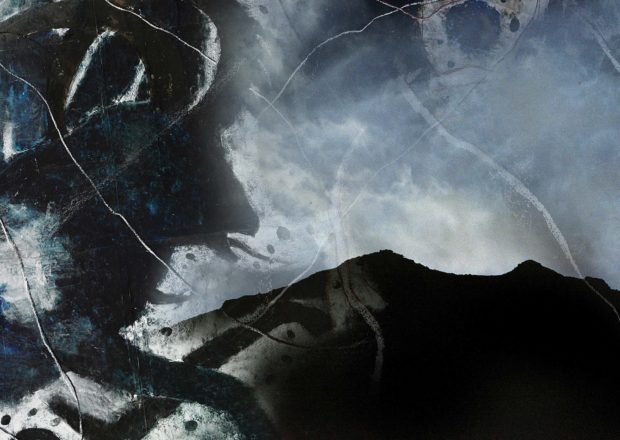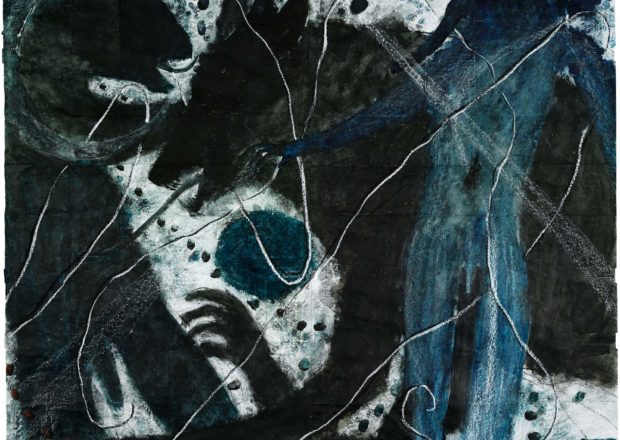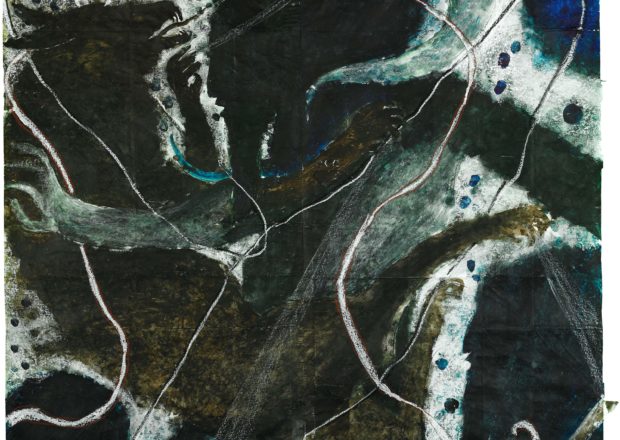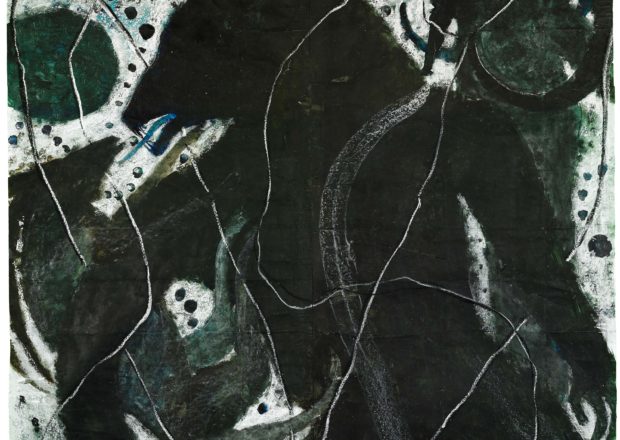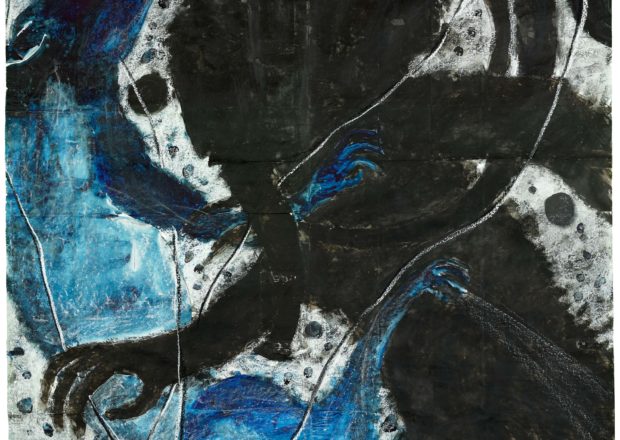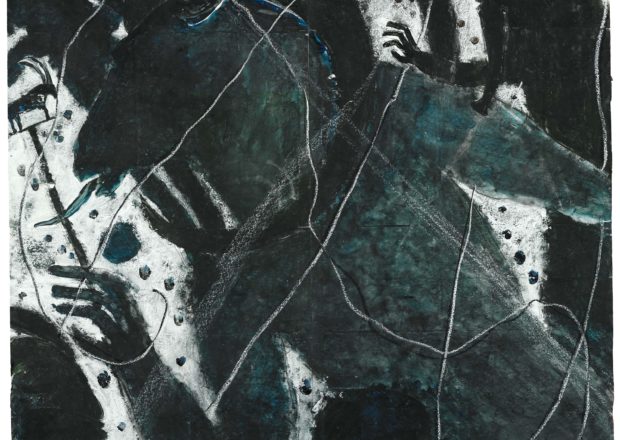The Art
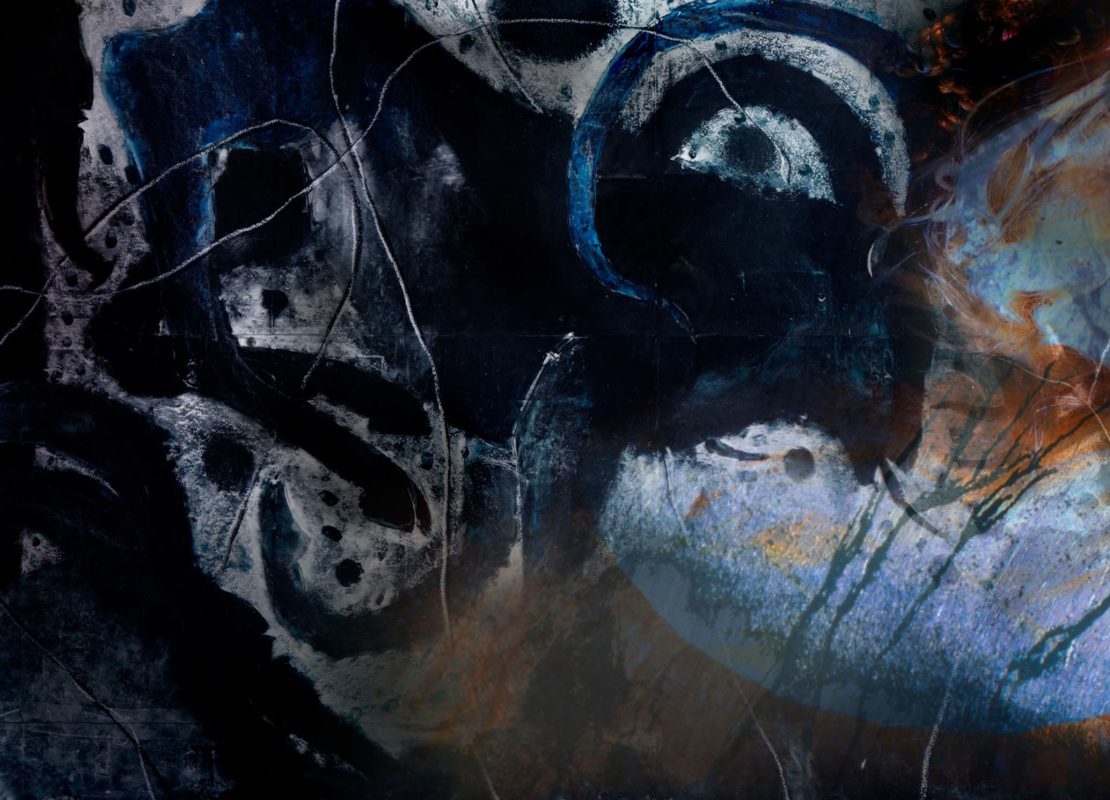
About the Art
A Passion for the Primeval
Q: The Wild Animus artwork includes commissioned paintings by François Burland, a highly acclaimed Art Brut artist, as well as photo collages by Adde Russell that combine elements of Burland’s paintings with your original photos from Mt. Wrangell in Alaska. How did that fusion come to be?
RS: The objective was to integrate Burland’s primal images with visual suggestions of place. The Animus domain is an unusual one, but Adde was able to unite the elements in a way that brings that world to life.
About the Art
A Passion for the Primeval
Q: The Wild Animus artwork includes commissioned paintings by François Burland, a highly acclaimed Art Brut artist, as well as photo collages by Adde Russell that combine elements of Burland’s paintings with your original photos from Mt. Wrangell in Alaska. How did that fusion come to be?
RS: The objective was to integrate Burland’s primal images with visual suggestions of place. The Animus domain is an unusual one, but Adde was able to unite the elements in a way that brings that world to life.
“I saw a passion for the primeval, and I thought I recognized an under-standing of things that was similar to my own.”
Q: What drew you to Burland for this project?
RS: When I saw his work, I was knocked out. I saw a passion for the primeval, and I thought I recognized an understanding of things that was similar to my own. His bushmen interact and identify with wild creatures, often through violent acts, and there’s an ascension through that identification. A fulfillment.
Q: Burland was invited to attend the British launch of the Wild Animus novel. What was that like?
RS: We met there and instantly connected. It was one of those rare moments when you meet someone for the first time, but feel like you know them very well.

Visualization and Meaning
Q: It wasn’t your typical commission. Can you tell us about the process?
RS: It wasn’t really a commission at all. The idea of having him do some pieces for Wild Animus occurred to me when we met in London. After that, I sent him some supporting material to see if he might be interested in the exploring the idea.
When I contacted his agent to follow up, she said that he had immersed himself in the story and was hard at work. I asked whether we should formalize something. She said he wasn’t ready.
Months passed. The next time we spoke, he had completed thirty paintings. When I saw the jpegs, I was stunned. The essence of the story was there—the progress of the characters, their changing relationships, and the emotional core. Still, he wasn’t done.
By the time he’d finished, there were fifty pieces. It’s an amazing series. I can’t imagine a visualization that could come closer to the meaning of the story.
“The Art Brut aesthetic feels comfortable to me. There’s the focus on things primeval and visionary, and the view of the artist as the creator of a reality apart from the one we live in.”
Art Brut
Q: What does Art Brut have to do with you or Wild Animus?
RS: Artists usually resist being put in conceptual boxes. But in some respects, the Art Brut aesthetic feels comfortable to me. There’s the focus on things primeval and visionary, and the view of the artist as the creator of a reality apart from the one we live in. What Ransom calls “a world of his own devising.” There’s the idea that art is unschooled. That certainly fits. I’ve never taken a writing course and I don’t read music. My “technique” is completely homegrown. And there’s the idea of insularity—art as personal obsession. I worked in isolation for thirty years, without thinking about whether anyone might have an interest in what I was doing.










